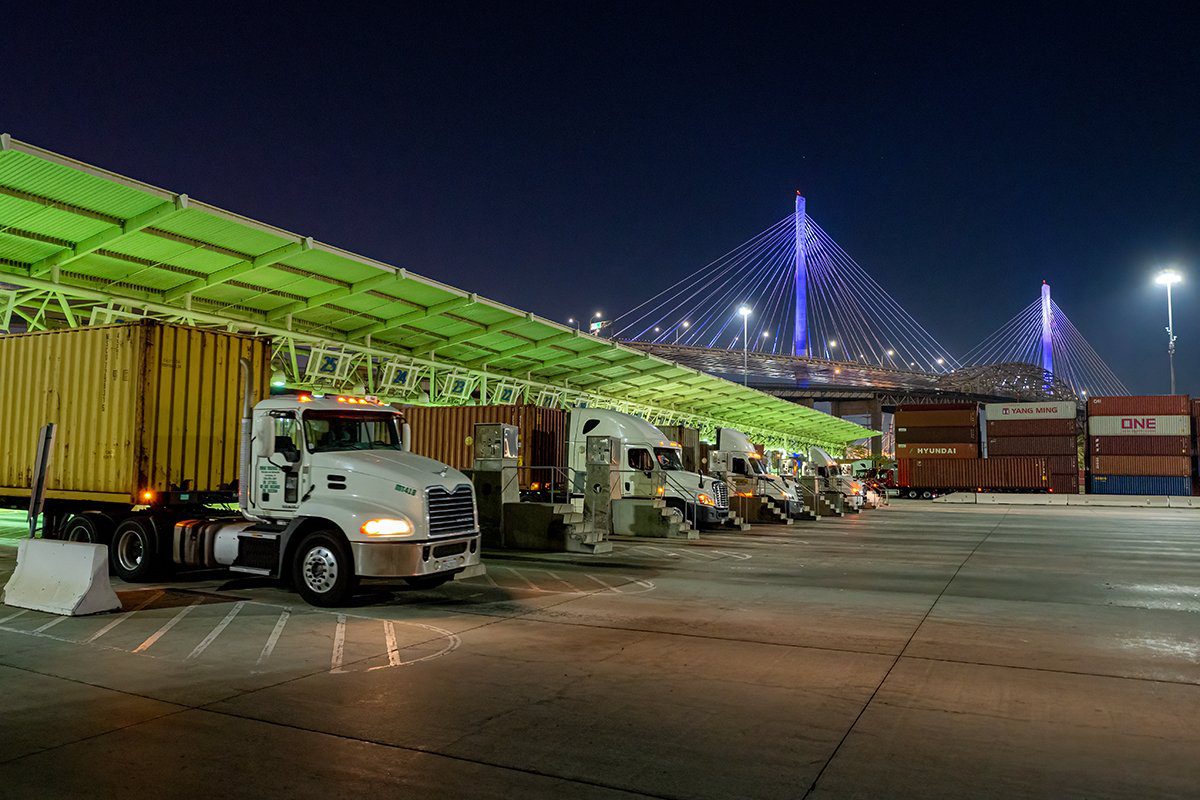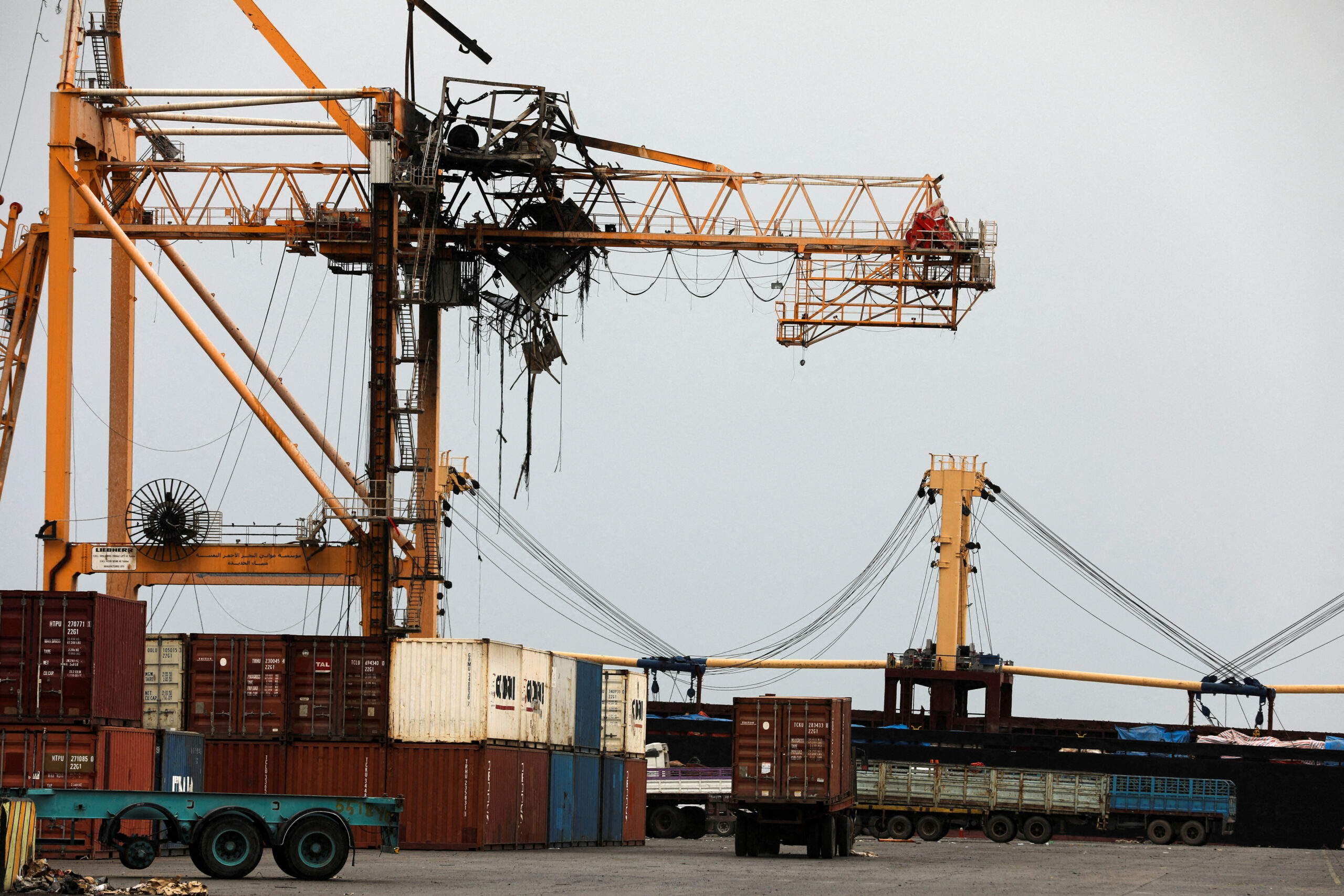The ports of Los Angeles and Long Beach have approved a new fee on ocean carriers for import containers that linger in marine terminals.
The Long Beach Board of Harbor Commissioners approved the “Container Excess Dwell Fee” by unanimous vote on Friday. The Port of Los Angeles’ board voted 4-0 to approve an identical measure.
The fee is designed to speed the flow of cargo from terminals amid unprecedented congestion dating back to summer 2020 and exacerbated by peak holiday shipping season and crowded ports. Congestion at docks is delaying the berthing of vessels, leading to record numbers of ships waiting off the coast and consumers and businesses across the country left waiting for shipments.
Related Book: The Box: How the Shipping Container Made the World Smaller and the World Economy Bigger – 2nd Edition by Marc Levinson
Under the new policy, the ports will charge ocean carriers for containers sitting over a grace period. The fee is $100 per container, which increases in $100 increments per day until the container leaves the terminal.
For containers lingering past the grace period, the charge can really stack up. A presentation by the Port of Long Beach shows the charges to be cumulative, so by day 3 the charge reaches $600, day 4 is $1000 total, and so on.
The program, as approved, will be implemented November 1, but the fee will not be assessed until November 15.
The fee applies to only import containers that fall into one of two categories; those scheduled to move by rail and those scheduled to move by truck. For containers scheduled to move by truck, the fee applies to every container dwelling nine days or more. Rail containers are charged after six days or more.
Ultimately, the ports have the authority to not start charging the fee, should there be progress by the November 15 date. The Port of Los Angeles said it was 90-day policy.
“This is the nation’s leading cargo gateway, and this crisis has national impacts. We need to take action to facilitate the rapid movement of cargo through the supply chain, and this plan will help,” said Port of Long Beach Executive Director Mario Cordero. “Combined with our push for expanded hours of operation, more space for containers and other measures, we are determined to eliminate the backlog.”
The plan for the fee was first announced by the ports of Los Angeles and Long Beach on Monday.
The World Shipping Council, a lobbying group for international liner shipping, has said the fee amounts to demurrage fees on ocean carriers and “does not indicate an approach that can be expected to incentivize cargo owners to pick up their cargo from the ports.”
“As described the fee is on the ocean carrier, but the control over when the cargo is to be picked up sits with the cargo recipient. Having the ocean carrier pay more does nothing to encourage the cargo interest to pick up the cargo; therefore, the incentive does not reach the party that needs to come to the port to remove the long-dwelling cargo,” the WSC said in a statement to gCaptain earlier this week.
Maersk, the world’s top shipping line, addressed the “PSW Emergency Fee Surcharge” in an advisory and FAQ. “We expect the Port Authorities to bill Maersk and for the charge to either be billed directly to customers or for the terminal operator to collect the same on our behalf prior to the release of cargo,” it said.
The ports maintain that fee will incentive cargo to be moved out of terminals quickly.
“This is the latest step in our collaborative efforts to ensure a more efficient supply chain. We’re not doing this to collect revenue – we need those containers to be moved off our terminals promptly,” said Steven Neal, Long Beach Harbor Commission President. “We will do everything within our power to help our supply chain partners overcome the current challenges.”
Each port will be responsible for collecting the fees and revenue is set to be reinvested toward long term port efficiency and infrastructure. The plan was developed in coordination with the Biden Administration and is supported by the President’s Supply Chain Disruption Task Force.
According to the Port of Long Beach An estimated 40 percent of imported containers are left on the terminals for nine days or more. Where as in normal times, containers were generally left less than four days on terminals.
“Our objective with this program is not to generate revenue,” said Los Angeles Harbor Commission President Jaime Lee. “Instead, we need our supply chain partners to make operational changes that will reduce dwell times, clear our terminals and make room for the ships waiting to enter our port.”
Reporting for Freightwaves, trade columnist Lori Ann LaRocco estimated the fee would apply to 60,000 containers that are currently marked as beyond the allowable dwell time.
“Starting Monday, we will be taking daily data snapshots of how long import containers sit on our container terminals,” said Port of Los Angeles Executive Director Gene Seroka. “If progress is being made clearing our docks, I have the discretion to delay the start of fees beyond Nov. 15. Our goal is to see significant improvement on our docks so that we don’t need to administer any fees.”
Sign up for our newsletter

 Join The Club
Join The Club











